When we watch birds, one of the fun things to do is to observe them and trying to figure out what they are likely to eat. How, you may ask, can one find out what a bird is likely to eat, by looking at it? The answer is, look at the bird’s beak!
Bird’s beaks come in different shapes and sizes, and each is designed to help the bird get the kind of food that it is used to.
All predatory birds (raptors) have sharp hooked beaks that help them tear up the flesh of their prey, which could be other birds, rodents or snakes. Here’s an Oriental Honey Buzzard, showing the shape of the beak:
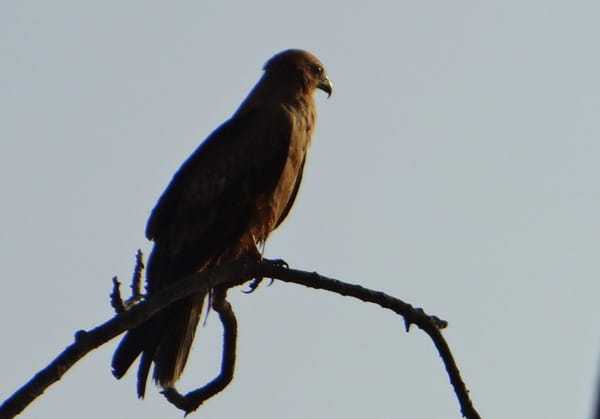
Some birds dive and fish in the water, and they have beaks that help them with fishing. This Little Cormorant is an example:

Waders, such as Egrets, have long beaks which they push into the shallow water to find fish, insects and frogs.

Some birds feed upon fruits or buds from various trees. This Eurasian Golden Oriole has the kind of beak-shape that is suited to this kind of diet:
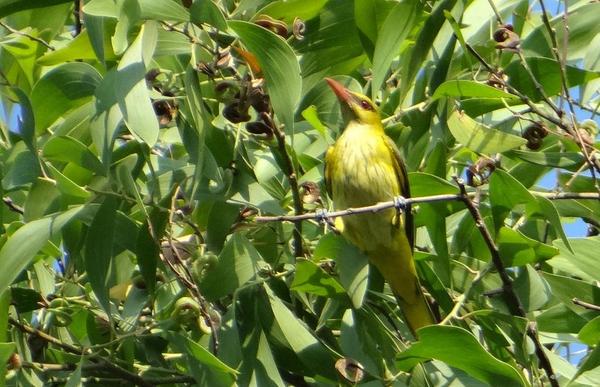
Flowerpeckers are tiny birds that also like to eat fruit, but they like to peck into it and devour of the fruit. Here’s a Pale-billed Flowerpecker, on a Singapore Cherry (also called the gasagasa mara in Kannada), which is about to attack a fruit:
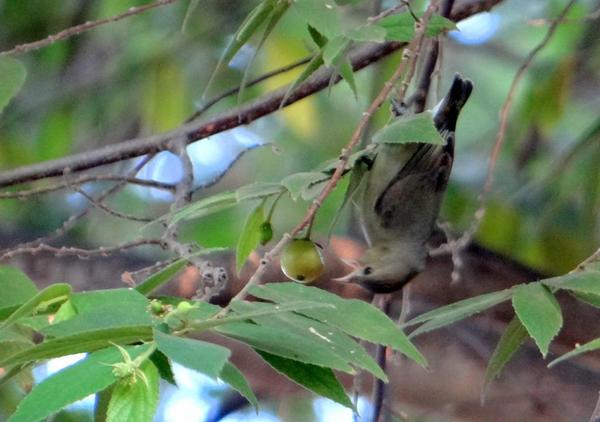
Sunbirds are nectar-drinkers. They pierce the bottom of the flowers and suck the sweet nectar. In this image, you can see the typical curved beak of the Purple-rumped Sunbird (along with the Flowerpecker, one of the smallest Indian birds), as it lands on the flowers of the Flame of the Forest, or Palash:
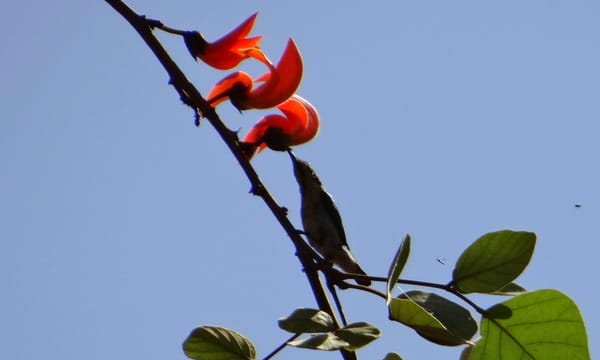
Some birds have beaks that also enable them to crack open nuts and harder seed-pods. This Rose-ringed Parakeet shows that kind of beak:

Birds like the Hoopoe have beaks specially adapted to digging out insects from the ground:

Sparrows, such as this House Sparrow, have beaks that are used to pick up seeds, dehusk them and then eat them up:
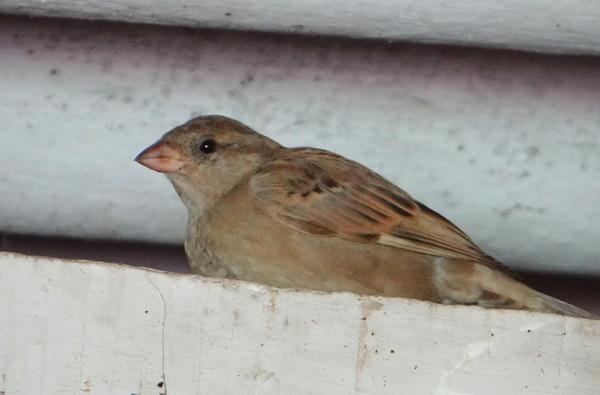
It’s fascinating to observe birds and predict their eating habit by the look of their beaks. Do try it on your next walk!⊕
Dear Deepa,
Real nice article and nice pictures too. Can you please give names of the birds in Kannada ? Or give a link.
I love your write ups Thank you so much.
Dear Deepa, Lovely write up and even lovelier pictures. Can you please give the names of the birds in Kannada? Thank you so much for the article.